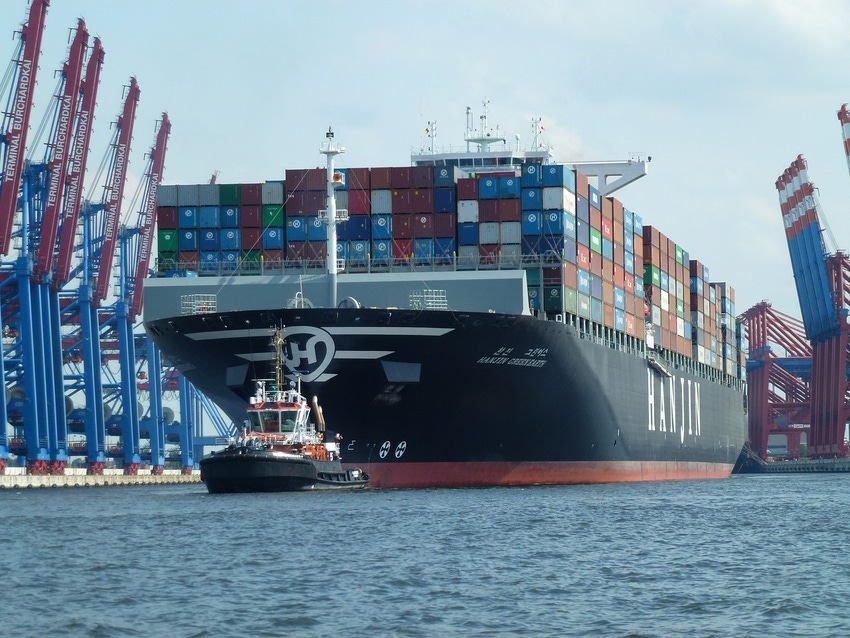Trade issues and foreign animal diseases to remain obstacles for markets.

Global pork trade in 2017 amounted to 8.3 million metric tons, representing 7.5% of global production in 2017, but it will continue to grow, become more complicated and experience more competition, according to Rabobank’s "World Pork Map 2018." In fact, since 2010, global pork trade has increased 37%.
Rabobank's "World Pork Map" shows global pork production and consumption and the extent of the largest pork trade flows around the world.
“Global pork trade flows continue to change, both for exporting countries and destination countries, and the pork products being traded also continue to adapt to the changing demand,” said Jan Peter van Ferneij, Rabobank senior animal protein analyst.
The largest exporters – the European Union, the U.S., Canada and Brazil – export 91% of the total export volume and are increasingly competing in the same markets.
Rabobank pointed out that trade flows have not only changed in terms of volume, but the product assortment as well as the quality criteria have also expanded. These changes have been the result of changing consumer habits and because buyers have been developing their own product specifications and product descriptions depending upon their needs, the report noted.
“To be successful, suppliers have to adapt to these increasingly complex customer requirements,” Rabobank added.
This is especially important given the fact that many major pork-producing countries depend on exports for profitability.
“Each major producer is slowly taking steps to differentiate its exports. Companies are also trying to build closer relationships with their foreign customers,” the report explained.
Product flows
According to the report, flows to Asia have dominated world pork trade in recent years. In fact, roughly 60% of European and North American exports in 2017 went to East Asia, compared to 40% in 2010.
Rabobank pointed out that China has become the most important destination for pork and by-products, while other Asian destinations have also increased their demand for imports. These destinations are buying an ever broader range of products, from low-value products such as byproducts to products with high added value.
Russia, on the hand, has almost disappeared as an importing country since 2014, but in the future, it could start competing in world markets as an exporter, Rabobank said. For now, this is being hampered by the spread of African swine fever, the report noted.
Specific to the U.S., Rabobank said rising domestic production means that it will be necessary to expand exports to clear product.
Looking ahead
Increasing competition means that companies will need to maximize the value of all products to remain profitable, Rabobank said.
“Exporters will have to be present in a larger number of markets in order to guarantee sales and respond to changing consumer behavior,” the report said.
Trade issues as well as foreign animal diseases will also continue to make the global pork trade process more complex.
About the Author(s)
You May Also Like



